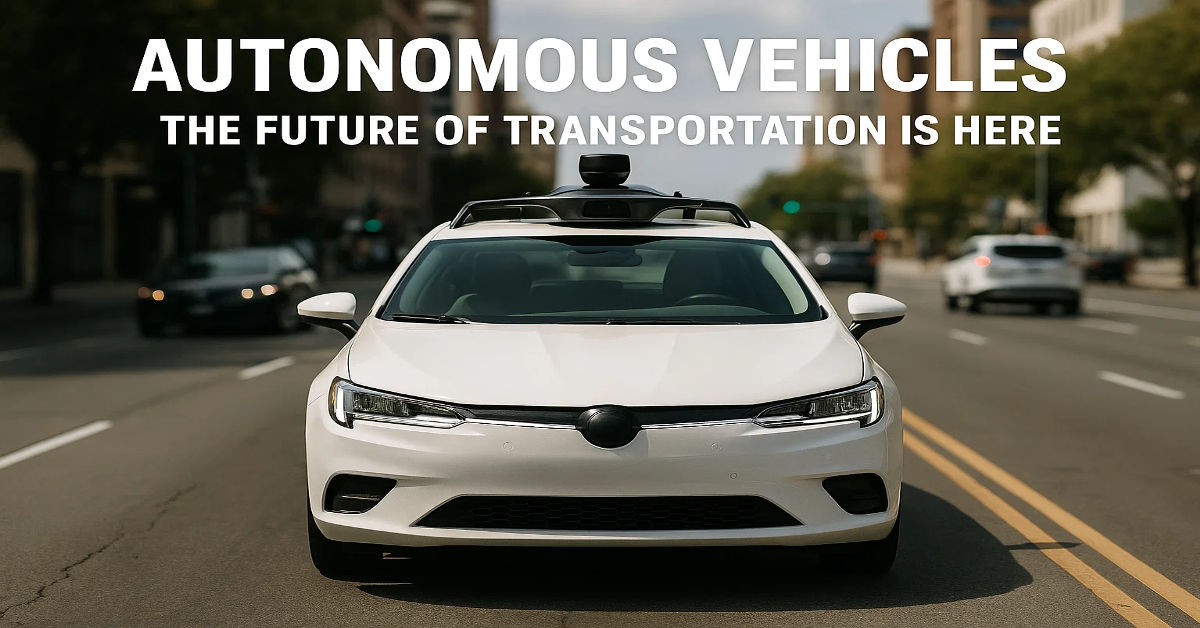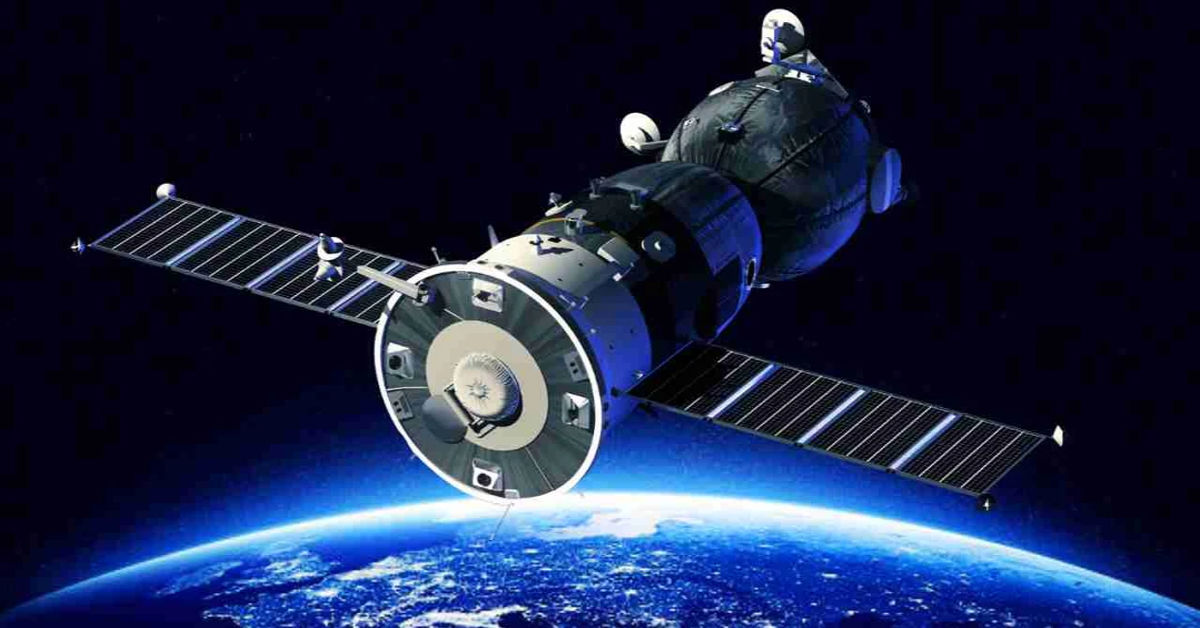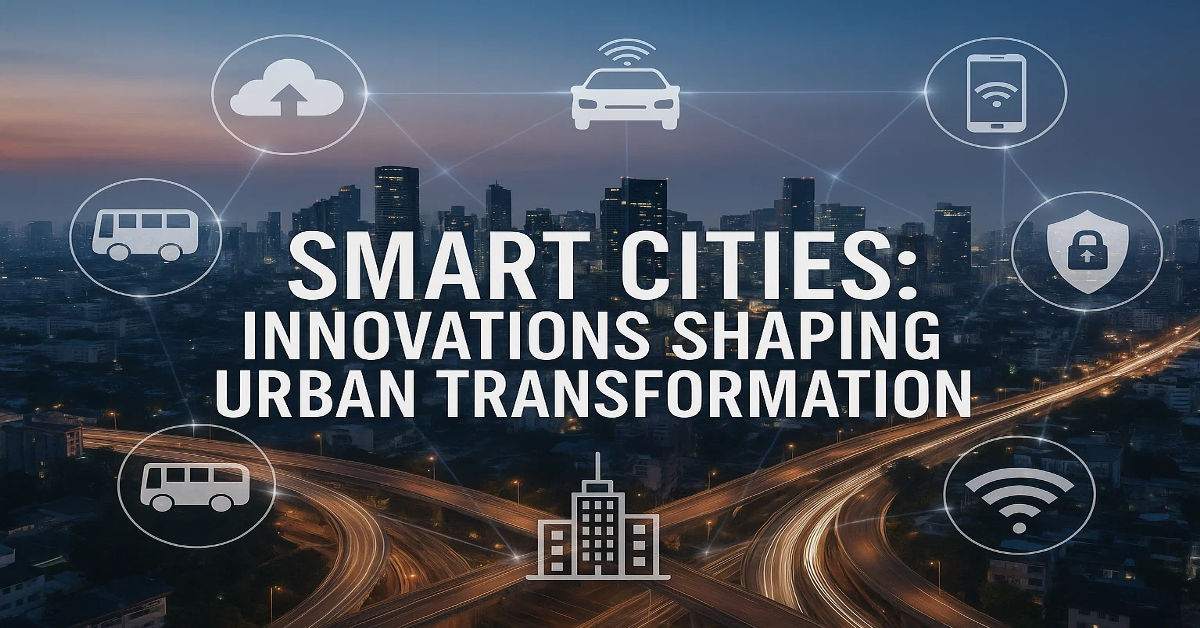
The automotive industry stands at a revolutionary crossroads. Autonomous vehicles are no longer science fiction dreams they’re becoming reality on roads worldwide. These self-driving cars promise to transform how we travel, work, and live, offering unprecedented safety, convenience, and efficiency.
What Are Self-Driving Cars?
Self-driving cars use a blend of high-tech sensors, cameras, radar, and advanced software systems to operate and navigate without direct human involvement. These innovative vehicles can sense their surroundings, interpret road signs, stay within lanes, and react quickly to changing traffic conditions. The technology behind them ranges from simple driver assistance tools to fully automated driving experiences.
The Technology Behind Driverless Vehicles
Modern vehicle automation relies on sophisticated sensor arrays such as LiDAR (Light Detection and Ranging), cameras, ultrasonic sensors, and GPS. These devices work together to provide a complete and detailed view of the car’s environment. Autonomous Vehicles leverage these technologies, with powerful algorithms continuously analyzing this information to allow self-driving systems to make split-second driving choices with high accuracy.
Onboard computers maintain real-time awareness of traffic flow, weather changes, and unexpected obstacles. This dynamic learning and adaptation process is crucial to improving navigation and safety standards.
Five Levels of Vehicle Automation
The Society of Automotive Engineers defines five levels of driving automation:
- Level 0: No automation humans’ control everything
- Level 1: Some driver assistance features, such as basic cruise control
- Level 2: Partial automation, like lane-keeping and adaptive cruise control
- Level 3: The car manages most driving tasks, but human oversight is required
- Level 4: High automation minimal human input is needed
- Level 5: Complete automation no human driver is necessary
While most current cars stick to Levels 1 and 2, companies such as Tesla, Waymo, and Cruise are already testing higher-level automation in select environments.
Safety Benefits of Robotic Cars
Human error is the leading cause of serious traffic accidents. By removing factors like distraction, fatigue, and impairment from the equation, automated driving technology could dramatically lower accident rates.
Unlike people, robotic systems don’t get tired or lose focus. They steadfastly follow the rules of the road and can respond much more quickly in emergency situations. Early reports suggest that self-driving systems could prevent countless injuries and save lives every year.
Environmental Benefits of Smart Transportation
Automated systems can plan energy-efficient routes, help ease traffic congestion, and often integrate with electric motors to cut vehicle emissions. Along with making travel safer and more efficient, autonomous vehicles are expected to support a greener future.
Large-scale use of shared, automated fleets may reduce the need for private car ownership, which could shrink the number of vehicles on the road and decrease the demand for parking spaces. Some studies predict a sizable reduction in air pollution as these smart mobility solutions grow more common.
Economic Impact and Job Market Changes
The rise of self-driving technology is poised to change many industries. Transport businesses, delivery services, and ride-hailing companies are all moving toward automation to cut costs and boost dependability.
However, this shift may impact employment for professional drivers including truckers, taxi drivers, and couriers. Even so, new roles in automotive maintenance, monitoring, software development, and remote supervision will likely emerge as the technology becomes widespread.
Current Challenges and Roadblocks
Despite rapid progress, several obstacles remain. Busy city streets, unpredictable weather patterns, and constantly changing construction all present difficulties for even the most advanced driving systems. Legal frameworks and safety rules are still catching up, leading to a patchwork of regulations around the world.
In addition, public confidence is still building. High-profile incidents involving driverless cars have caused concerns about reliability, even though statistics show steady improvement in safety rates.
The Road Ahead: Future Predictions
Industry insiders expect to see limited deployments in controlled zones within the next few years, and a broader rollout by the end of the decade. Leading automakers and tech giants continue to invest heavily in research and infrastructure improvements.
Cities are preparing by exploring dedicated lanes and intelligent traffic management, both of which may speed up the transition. As technology matures and consumer trust increases, fully automated travel may soon become everyday reality.
Conclusion
While it will take time to overcome technical, regulatory, and social hurdles, the potential benefits from better safety and mobility to lower emissions and greater efficiency make the effort worthwhile. Autonomous vehicles represent one of the most significant technological advances in transportation history.
As we witness this transformation, smarter vehicles are shaping the way people and goods move, setting the stage for a safer and more sustainable future.
Frequently Asked Questions
Q: Are self-sufficient vehicles legal to drive on public roads?
A: Regulations differ depending on state and country. Some regions allow testing with human monitors, while others remain cautious. Widespread use is currently limited to pilot programs and special zones.
Q: How much will self-driving cars cost?
A: Early models may come at a premium, but as technology matures and is offered via ride-sharing and delivery services, more people will have access without needing to own a car themselves.
Q: What happens if the technology fails while driving?
A: Most self-driving cars feature redundant systems and fail-safes. When the unexpected happens, the system can safely bring the vehicle to a stop or alert a human operator to take over.
Q: Will self-directed vehicles work in bad weather?
A: Although snow, heavy rain, and fog pose challenges, continuous improvements are expanding the operational limits of driverless technology.
Q: How do self-driving cars handle emergency vehicles?
A: Advanced detection systems help identify the lights and sirens of emergency vehicles. Automated cars are programmed to safely yield or move over in these situations, often more consistently than human drivers.







































